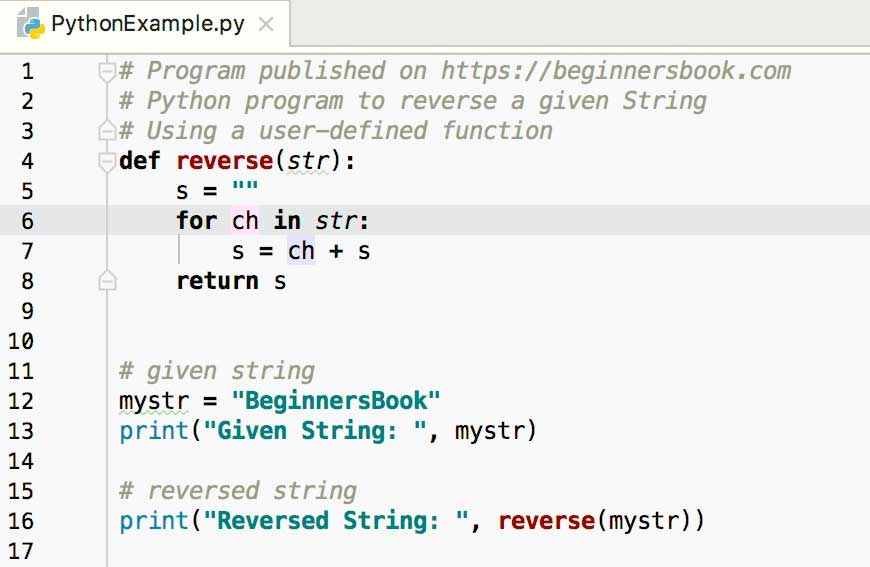
In actual code, they are global variables.

A leading 0 digit does not cause the number to become an octal literal (or get rejected in strict mode).Leading and trailing whitespace/line terminators are ignored.There are some minor differences compared to an actual number literal: Strings are converted by parsing them as if they contain a number literal.The operation can be summarized as follows: Many built-in operations that expect numbers first coerce their arguments to numbers (which is largely why Number objects behave similarly to number primitives). More details on this are described in the ECMAScript standard. Integers can only be represented without loss of precision in the range -2 53 + 1 to 2 53 - 1, inclusive (obtainable via Number.MIN_SAFE_INTEGER and Number.MAX_SAFE_INTEGER), because the mantissa can only hold 53 bits (including the leading 1). Values higher than that are replaced with the special number constant Infinity. The largest value a number can hold is 2 1024 - 1 (with the exponent being 1023 and the mantissa being 0.1111… in base 2), which is obtainable via Number.MAX_VALUE.

Therefore, the mantissa's precision is 2 -52 (obtainable via Number.EPSILON), or about 15 to 17 decimal places arithmetic above that level of precision is subject to rounding. The mantissa is stored with 52 bits, interpreted as digits after 1.… in a binary fractional number. Number = ( − 1 ) sign ⋅ ( 1 + mantissa ) ⋅ 2 exponent \text Thinking about it as scientific notation: The exponent is the power of 2 that the mantissa should be multiplied by. The mantissa (also called significand) is the part of the number representing the actual value (significant digits). 52 bits for the mantissa (representing a number between 0 and 1).1 bit for the sign (positive or negative).
#Js convert int to string 64 bits
Very briefly, an IEEE 754 double-precision number uses 64 bits to represent 3 parts: This means it can represent fractional values, but there are some limits to the stored number's magnitude and precision. The JavaScript Number type is a double-precision 64-bit binary format IEEE 754 value, like double in Java or C#. Object.prototype._lookupSetter_() Deprecated.Object.prototype._lookupGetter_() Deprecated.Object.prototype._defineSetter_() Deprecated.Object.prototype._defineGetter_() Deprecated.


 0 kommentar(er)
0 kommentar(er)
